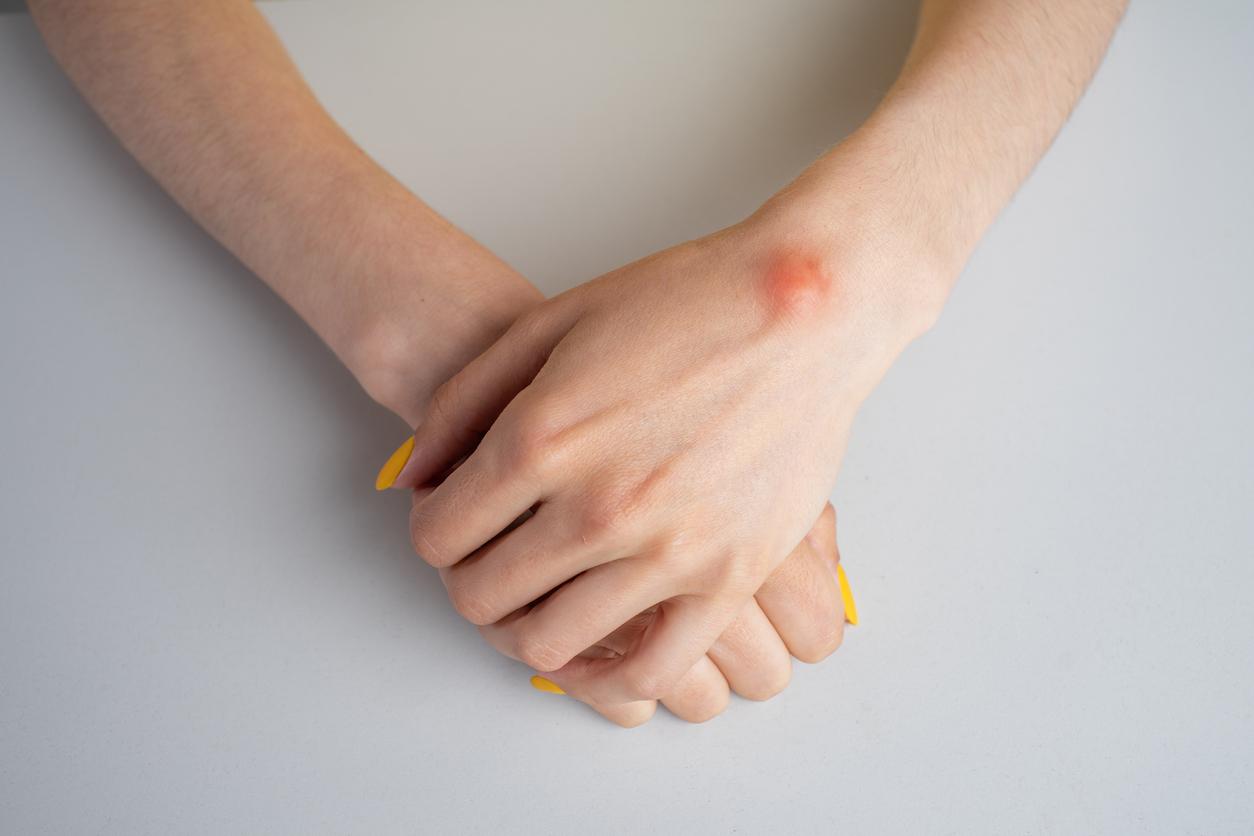Parkinson’s disease is a chronic neurodegenerative condition that handicaps more than 270,000 people in France.

- In 2024, 272,500 people will suffer from Parkinson’s disease in France, with around 25,000 new cases each year.
- On average, the diagnosis is made at 58 years old, but 17% of patients are under 50 years old. Motor and non-motor symptoms characterize the disease. They are linked to the loss of dopaminergic neurons.
- Currently, many scientists are trying to find a way to make an early diagnosis, particularly through a blood test. The search for treatments to reduce symptoms is also in full swing.
After Alzheimer’s disease, it is the most common neurodegenerative pathology: Parkinson’s disease (PD). “There are 272,500 patients in France, and 25,000 new cases are reported each year.”, specifies the Ministry of Health which adds that one in 50 people will be directly affected during their lifetime. On the occasion of the world day dedicated to raising public awareness of this pathology, the why doctor editorial team decided to take a look at the preconceived ideas and the latest news on the subject.
A disease that does not only affect the elderly
Contrary to popular belief, Parkinson’s disease is not a “disease of older people”. On average today, diagnosis is made at age 58, which means that patients still have many years of work ahead of them. “17% of patients are under 50 years old”, adds the ministry. On the other hand, it is true that PD affects men more than women, with a frequency index 1.5 times higher for men.
Very varied symptoms depending on the patient
If tremor at rest is often the first symptom that comes to mind when we talk about Parkinson’s disease, it should be noted that it is not always present, a third of patients do not tremble. “Each person with Parkinson’s disease is uniquerecalls the association France Parkinson. The nature, intensity and evolution of the different symptoms are specific to each person. Today it is said that there is not ONE, but MANY Parkinson’s diseases.” As such, many symptoms can appear, which are classified into two categories: motor symptoms and non-motor symptoms.
Among the motor symptoms, the most common are stiffness (hypomimia) and slowness of movements (along with tremors, we speak of “parkinsonian syndrome”). Then come chronic pain (which affects 80% of patients), problems with walking, swallowing and speaking, or even sialorrhea (difficulty controlling saliva), freezing (temporary blockage, generally of the legs, which prevents you from moving forward), postural instability, or even dystonia (spasm or cramp).
Non-motor symptoms are also very numerous and include, among others, stress, cognitive disorders, sleep disorders, hallucinations, fatigue, apathy (decreased motivation), constipation and even urinary problems.
PD is recognized as an occupational disease
We know that the disease is mainly linked to the loss of dopaminergic neurons, but the causes remain little known. The latest research shows that it is not the result of a single factor but of several which interact together. The three biggest risk factors are aging, genetics, and environmental factors, so much so that since 2012, and under certain conditions, Parkinson’s disease can be recognized as an occupational disease among farmers using pesticides! “Around 1,800 new cases per year occurred among farmers aged 55 and over, which corresponds to an incidence 13% higher than among people affiliated to other health insurance schemes.”, details Public health France. The national agency also specifies that the incidence is a little higher “among people residing in the most agricultural cantons, including among people who do not work in agriculture, and particularly in those where the proportion of agricultural land allocated to viticulture is the largest”.
Soon a blood test to diagnose Parkinson’s disease?
Certain warning signs can help identify the disease more quickly, such as micrographia (small and tight writing), loss of smell or even an expressionless face. However, the diagnosis is often made when many symptoms are present, meaning that 60 to 80% of dopamine neurons have already disappeared. And once destroyed, these nerve cells cannot be replaced.
Carrying out a diagnosis as early as possible to slow the progression of the pathology is therefore a priority… which could become a reality! In September 2023, researchers from Lund University in Sweden, discovered an abnormally elevated blood biomarker well before the first symptoms appeared: DOPA decarboxylase (DCC). At the same time, another team of researchers, this time from Duke University in North Carolina, has developed a blood test capable of detecting DNA damage in the mitochondria (the mini energy plants located inside cells) of blood cells. This damage to mitochondrial DNA is associated with an increased risk of Parkinson’s disease.
Diabetes medication could slow symptoms
“Today, researchers are trying to develop treatments that can slow down the loss of dopaminergic neurons, but also drugs that would limit the spread of the disease to other brain neurons.explain Inserm. To be effective, these so-called neuroprotective treatments must be administered as early as possible in the history of the disease.”
Recently, a French teamled by Professors Olivier Rascol and Wassilios Meissner, showed that a drug already developed and marketed for the treatment of type 2 diabetes could slow the progression of motor symptoms: lixisenatide, a GLP-1 receptor agonist.












-1721998247.jpg)



